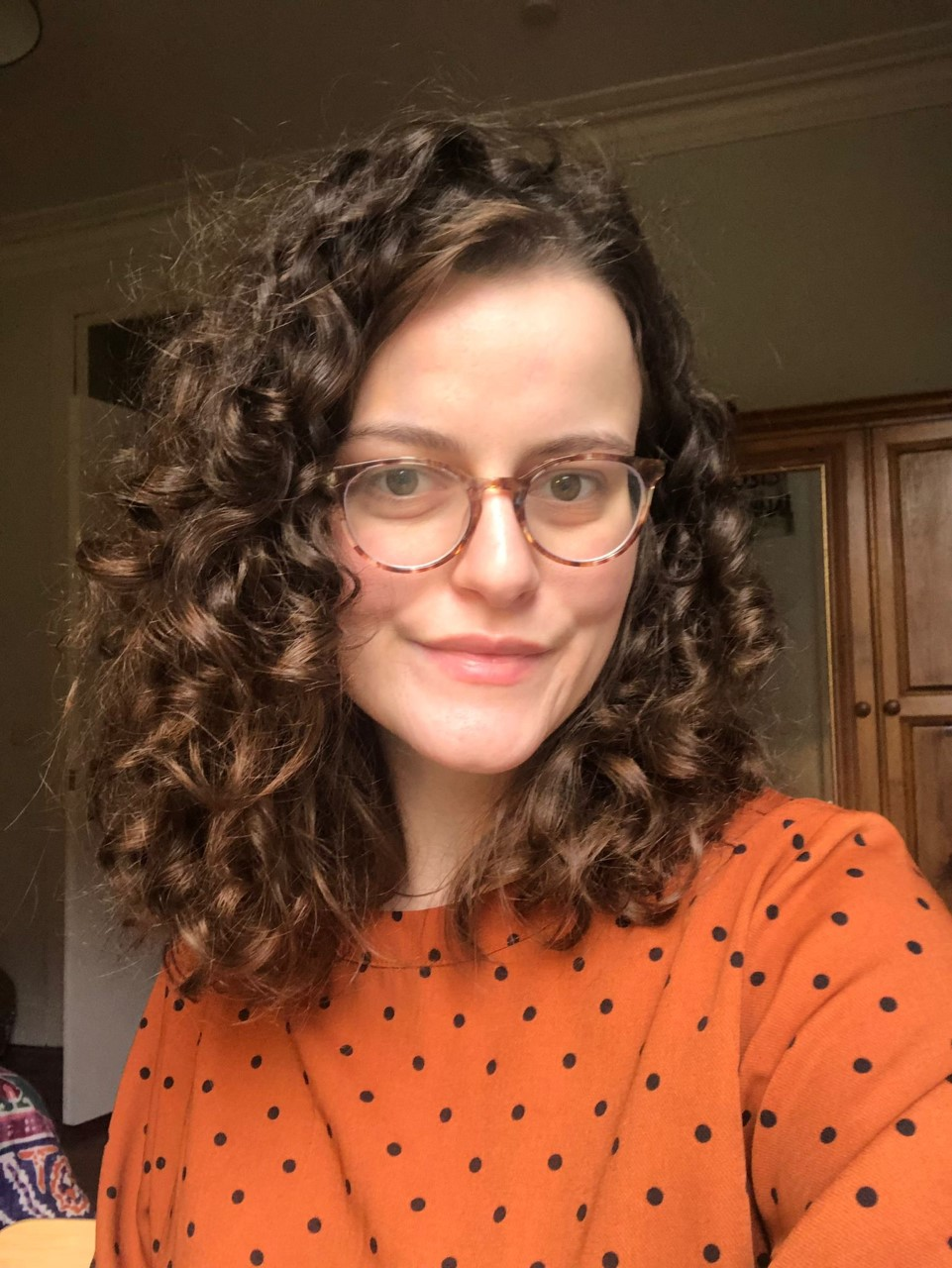The LIMA story so far: how & why did LIMA start?
- alicetbarber
- Mar 31, 2022
- 2 min read
Updated: Jun 6, 2022
Hello all! First of all thank you for taking the time to read a bit more about LIMA and how we started. It has been so exciting and inspiring seeing how many people are interested in LIMA and our shared goal of improving LGBTQ+ health teaching in medical schools - we are really excited to get started now!
Before we start working together though we thought it was important to give a little bit of a background of why and how we started LIMA. We want to be as transparent as possible with LIMA and the work we are doing, so let’s start here!
Going right back to the start of what led to the creation of LIMA, it started with the realisation by one of our team members that there really wasn’t enough teaching on LGBTQ+ health in medical schools. Not knowing how to fix this problem, we turned to what we all know is key in medicine and healthcare - research. We approached Dr Emily Pattinson, a research associate in EDI (equality, diversion and inclusion), to ask if she would supervise us in conducting a research project on UK medical students perspectives of the teaching they had received on LGBTQ+ health, and whether this had sufficiently equipped them to treat LGBTQ+ patients. This led to the largest study so far in this area, which we are currently writing up (keep your eye out for more updates on this!).
Quite soon into this research project we realised how much a change was needed in the teaching of LGBTQ+ health in the medical undergraduate curriculum, and that this change wasn’t going to happen just by publishing the research we had done. We realised that we needed to somehow make people in power, more specifically the General Medical Council and Medical Schools Council, to listen to what we had found and to move to action.
At this point we were joined forces with another medical student from Lancashire who was also passionate about improving the teaching of LGBTQ+ health. We decided that we needed to start a campaign to demand change. This was the point that LIMA was created - a name behind which we could push forward change and bring people together who were also passionate about LGBTQ+ health teaching in medical schools. From here we began planning: deciding on the aims and vision of LIMA; working out how to structure the organisation; how to spread the word and get people onboard.
And this brings us to today. We are definitely still learning as we are going, but we are passionate about making change in LGBTQ+ health teaching in medical schools, and believe that LIMA is the best way that we can push this change forward. We hope that you will join us in working towards this change.






Comments